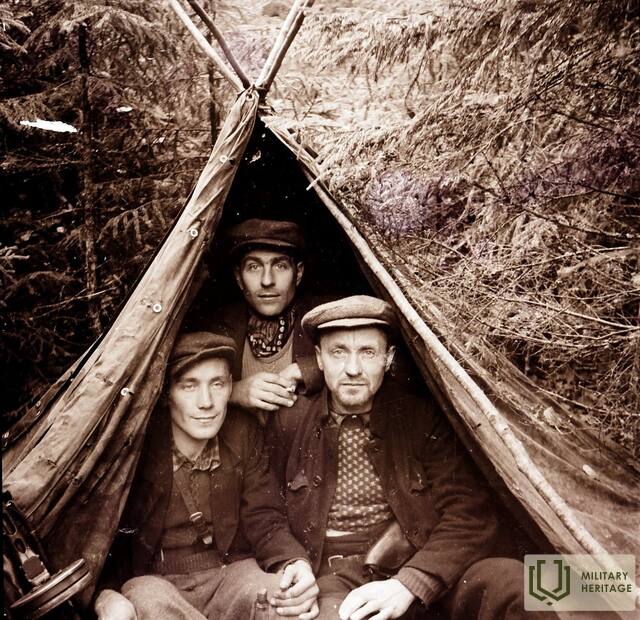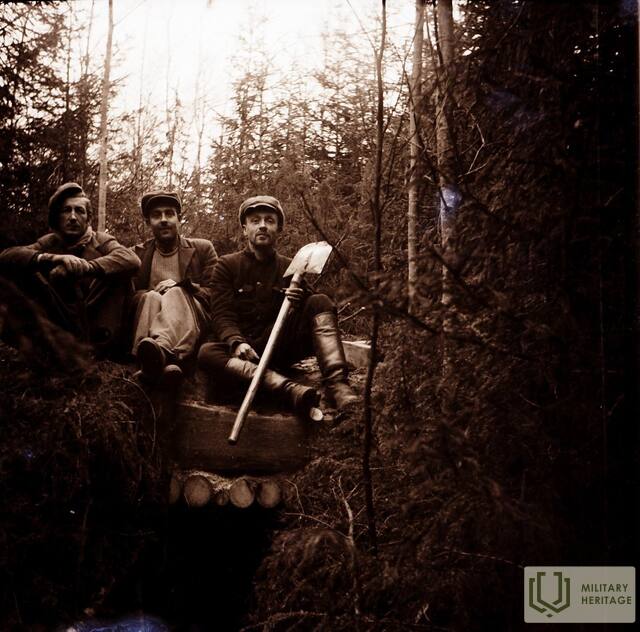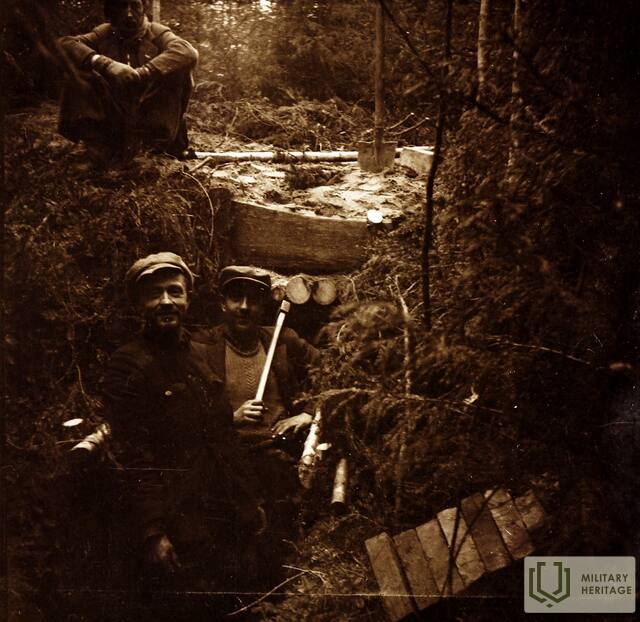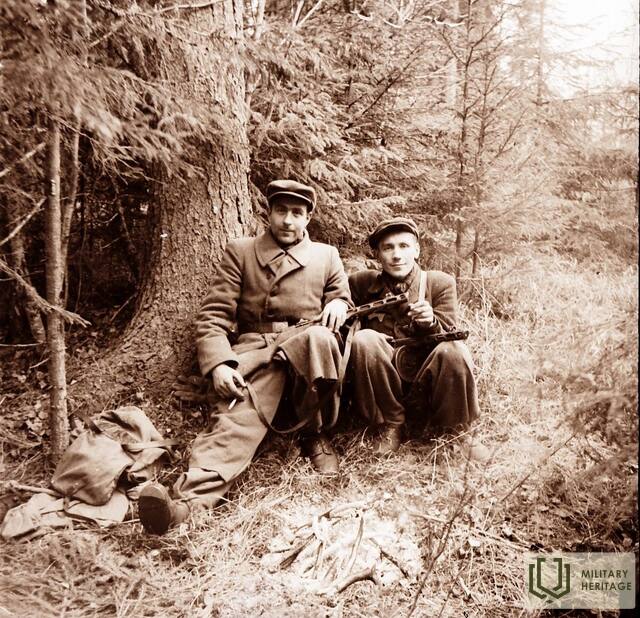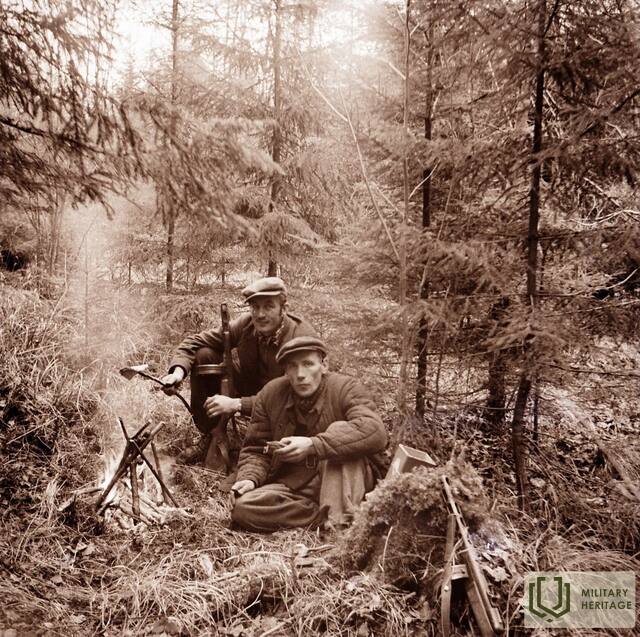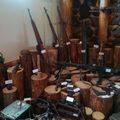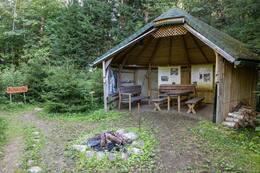Apie paskutinę Vidzemes partizanų grupę
Neįtikėtina istorija apie tai, kaip čekistai „pasidavė“ paskutinei Vidžemėje esančiai partizanų grupei, prašydami jų išeiti iš miško.
Iki 1956 m. Cesvainės apylinkėse veikė paskutinė Vidžemės partizanų grupė, kuriai vadovavo buvęs lenkų ūkio darbininkas Stanislavas Zavadskis („Pans“). „Pans“ grupė buvo suformuota 1946 m. Gulbenės rajono Kārzdabos miške ir jos pagrindinė sudėtis išliko nepakitusi beveik visus dešimt grupės gyvavimo metų: Pēteris Tirzītis („Senis“), Ivaras Grabāns („Berniukas“), Valdis Bebris („Vairuotojas“). Dar 1954 m., kai grupėje liko tik 3 partizanai – „Pans“, „Senis“ ir „Berniukas“, ji tęsė kovą, birželį užpuolusi ir sužeidusi Cesvainės rajono KGB viršininko Stepanovo galvą. Nesugebėdami susidoroti su šia sunkiai pagaunama grupe, čekistai „pasidavė“ praktiškai vienintelį kartą Latvijos nacionalinio partizaninio karo istorijoje. Latvijos SSR KGB vadovas generolas majoras Jānis Vēvers parašė partizanams laišką, kuriame prašė nutraukti kovą ir pažadėjo laisvę. Partizanai iš savo rėmėjų, kuriems Stanislavo Zavadskio motina buvo įteikusi laiško kopiją, gavo laiško vertimą į latvių kalbą.
Nuotraukoje pavaizduoti Stanislavo Zavadskio (Pano) grupės partizanai Valdis Bebris (Vairuotojas) ir Pēteris Tirzītis (Senis) prie laužo. 1949 m. ruduo. Nuotrauka iš Maduonos kraštotyros ir meno muziejaus kolekcijos.
Susijusios temos
Susijusios vietos
Rendos nacionalinio pasipriešinimo judėjimo muziejus
Muziejus yra įsikūręs už kelių kilometrų nuo Rendos parapijos centro. Parodoje pasakojama apie 50 metų trukusį pasipriešinimo judėjimą Latvijoje: pasipriešinimą pirmajai sovietų okupacijai, pasipriešinimą nacistinės Vokietijos okupacijai ir ginkluotą bei nesmurtinį pasipriešinimą sovietų okupacijai. Paroda įsikūrusi dviejuose pastatuose. Pirmajame pastate saugomi pirmosios sovietų ir vokiečių okupacijos įrodymai. Parodoje eksponuojamas restauruotas tvarto pastatas, kuriame dėmesys sutelktas į Nacionalinį partizaninį karą. Tarp dviejų pastatų yra autentiško išplanavimo bunkeris ir kareivių naudoti apkasai. Netoli muziejaus Rendoje esantys kasinėjimai, blindažo aikštelė ir kliūčių ruožas tarnauja kaip jaunimo sargybinių ir visų susidomėjusiųjų treniruočių aikštelė. Apsilankymus būtina užsisakyti iš anksto.
Vienas didžiausių nacionalinių partizanų mūšių, vadinamas Āpūzniekų mūšiu, įvyko 1946 m. sausį netoli čia. Mūšyje Kabilės nacionalinis partizanų būrys nugalėjo daug didesnes okupacinės valdžios pajėgas. Mūšio vietoje, kurioje yra informaciniai stendai, dabar įrengta poilsio aikštelė.
Nacionalinių partizanų bunkeris – Miško broliai
Miško brolių bunkeris yra prie Rygos–Pskovo (A2) greitkelio, 76 kilometrus nuo Rygos ir 11 kilometrų nuo Cėsių. Latvijos nacionaliniai partizanai arba miško broliai buvo nedidelės, ginkluotos vietos gyventojų grupuotės, kurios nuo 1944 iki 1956 metų Latvijos teritorijoje kovojo savarankiškai prieš SSRS okupacinį režimą. Miškuose buvo priversti slėptis žmonės, kurie negalėjo arba nenorėjo gyventi Sovietų Sąjungoje. Iš viso Latvijoje veikė apie 20 193 miško broliai. Bunkeris buvo suformuotas remiantis buvusių miško brolių pasakojimais ir prisiminimais apie gyvenimą miškuose, slapstymąsi ir kovą už nepriklausomą Latvijos valstybę po 1945 metų. Bunkeryje eksponuojami ginkluotė ir namų apyvokos daiktai. Eksponuojami partizanų asmeniniai daiktai, ginklai ir nuotraukos. Gido pasakojimą papildo vaizdo įrašas iš interviu su miško broliais. Prie bunkerio yra vieta piknikui. Galima iš anksto užsisakyti ant laužo paruoštos sriubos arba mėgautis vakaru po atviru dangumi žiūrimu kino teatru prie laužo.




